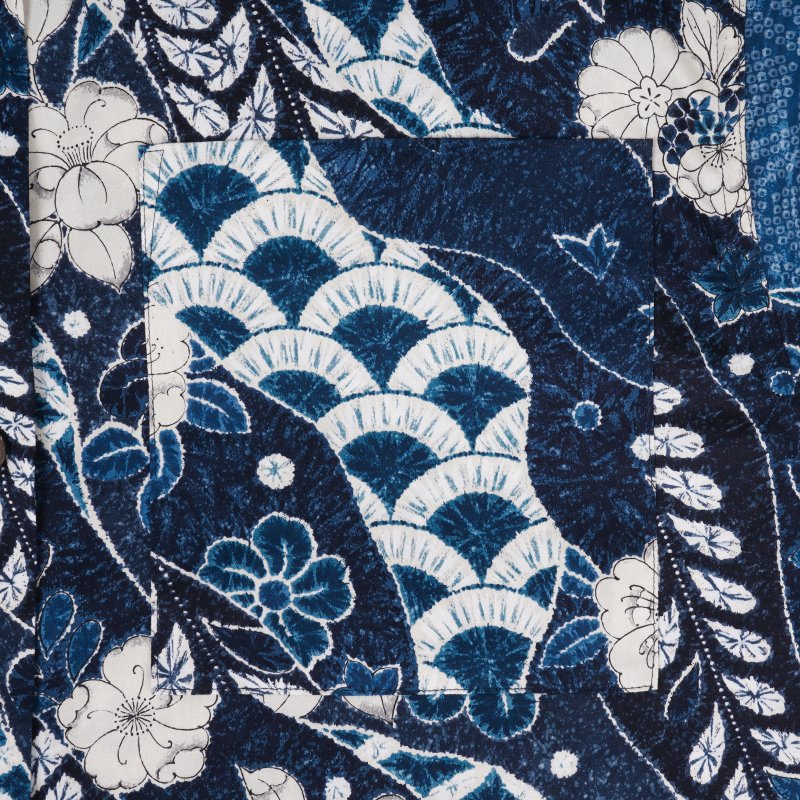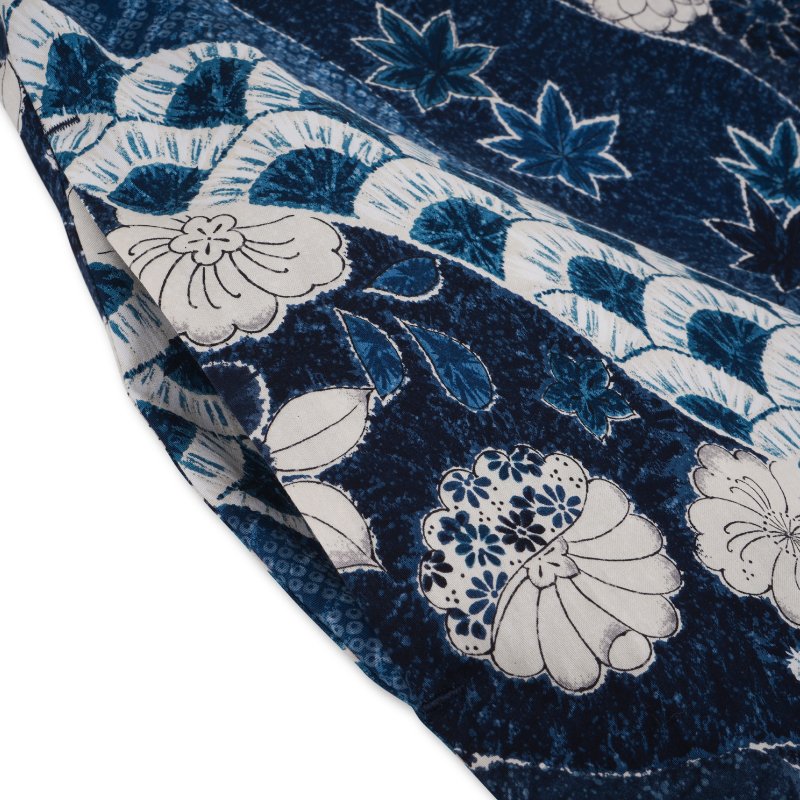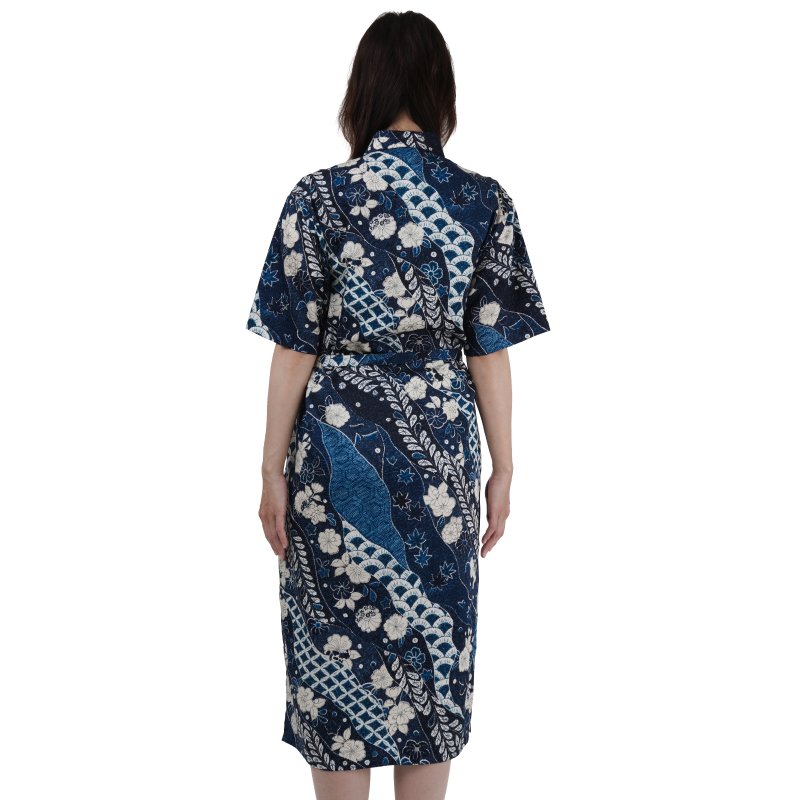TSUJIGAHANA Aloha Shirts Dress
Color / Navy, Blue and White Care Instruction
Japanese name/ 道長取に辻が花
-About-
“Tsuji ga hana” is a type of traditional patterning , known to be the oldest dyeing method from the Nara-era (710-794), and its beauty is described in detail in 15th century Japanese literature.
The dye process consists of making tiny stitches which are pulled within a pattern and then dyed in sections.
In the form of luxurious kimono, tsuji ga hana was often dyed purple, red, or deep indigo, and further embellished with the addition of real gold leaf and embroidery. It is not clearly known who invented it or why it was called tsujigahana, which literally translates to “flowers at the crossroads”.
At Pagong Kyoto, our artisans have implemented the technique of Kyoto-Yuzen for carrying on the tradition and spirit of tsuji ga hana.
・Cotton 100%
・One-Size-Fits-All
・Made in Japan
・Hand-wash
・Currency : US Dollar (USD)
Color / Navy, Blue and White Care Instruction
Japanese name/ 道長取に辻が花
-About-
“Tsuji ga hana” is a type of traditional patterning , known to be the oldest dyeing method from the Nara-era (710-794), and its beauty is described in detail in 15th century Japanese literature.
The dye process consists of making tiny stitches which are pulled within a pattern and then dyed in sections.
In the form of luxurious kimono, tsuji ga hana was often dyed purple, red, or deep indigo, and further embellished with the addition of real gold leaf and embroidery. It is not clearly known who invented it or why it was called tsujigahana, which literally translates to “flowers at the crossroads”.
At Pagong Kyoto, our artisans have implemented the technique of Kyoto-Yuzen for carrying on the tradition and spirit of tsuji ga hana.
・Cotton 100%
・One-Size-Fits-All
・Made in Japan
・Hand-wash
・Currency : US Dollar (USD)
Color / Navy, Blue and White Care Instruction
Japanese name/ 道長取に辻が花
-About-
“Tsuji ga hana” is a type of traditional patterning , known to be the oldest dyeing method from the Nara-era (710-794), and its beauty is described in detail in 15th century Japanese literature.
The dye process consists of making tiny stitches which are pulled within a pattern and then dyed in sections.
In the form of luxurious kimono, tsuji ga hana was often dyed purple, red, or deep indigo, and further embellished with the addition of real gold leaf and embroidery. It is not clearly known who invented it or why it was called tsujigahana, which literally translates to “flowers at the crossroads”.
At Pagong Kyoto, our artisans have implemented the technique of Kyoto-Yuzen for carrying on the tradition and spirit of tsuji ga hana.
・Cotton 100%
・One-Size-Fits-All
・Made in Japan
・Hand-wash
・Currency : US Dollar (USD)
=SIZE (inches)=
| Chest | Shoulder Width |
Body Length |
Sleeve Length |
Sleeve Opening |
|
| F Size | 44 | 18 | 47 | 10.5 | 15.5 |
If there is anything we can help you with, please feel free to let us know.
MAIL to : overseas@pagong.jp
Contact Form >> www.pagongkyoto.com/contact








































